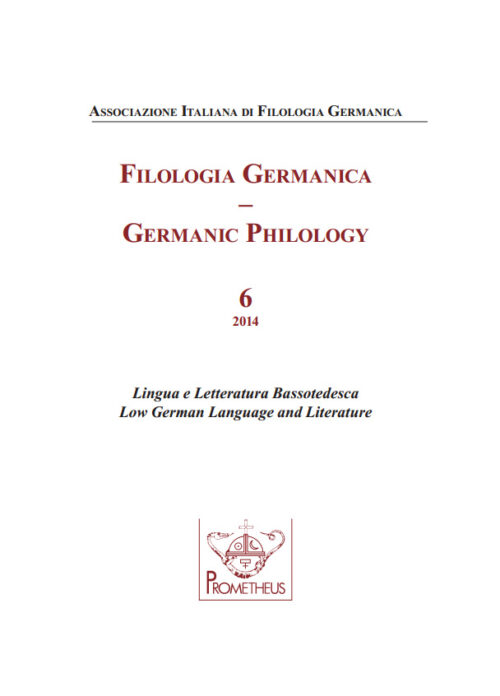La tradizione manoscritta del Heliand: relazioni e analogie tra le testimonianze
Abstract
The multiple manuscript tradition of the Heliand raises a number of questions concerning production, circulation and reception of the poem which have not yet been fully explored. Manuscripts originated for the most part around the middle of the 9th century, shortly after the composition of the poem. Although they reveal significant differences in their linguistic façade due to varying dialect contexts, they seem to be strongly interrelated with one another because of their origin and their specific features. This paper aims at reassessing the questions of the relationship between the manuscripts of the poem from both the paleographic and the linguistic point of view in the light of the most recent critical debate since 2006, when a new significant fragment of the poem was discovered. The great interest in the Heliand throughout the early Middle Ages is confirmed by evidence of use found in the manuscripts as well as by the later copy of the poem preserved in MS London, British Library, Cotton Caligula A. VII, which was produced in southern England.
Pubblicato
Fascicolo
Sezione
Licenza

Questo lavoro è fornito con la licenza Creative Commons Attribuzione - Condividi allo stesso modo 4.0.
CC-BY-SA



